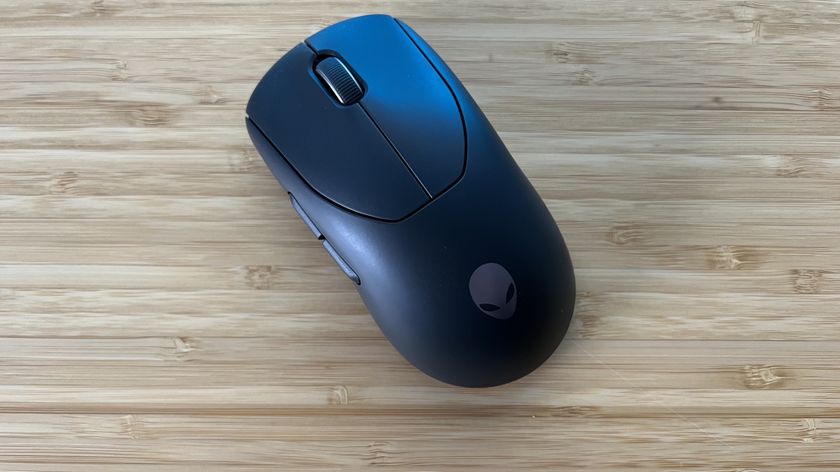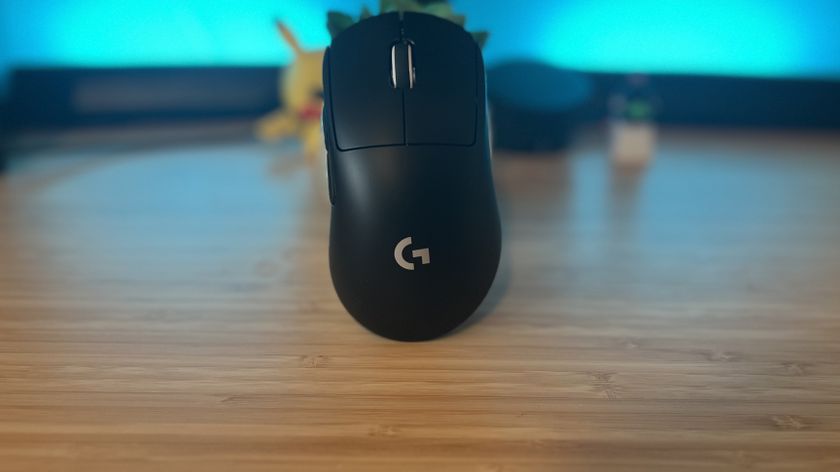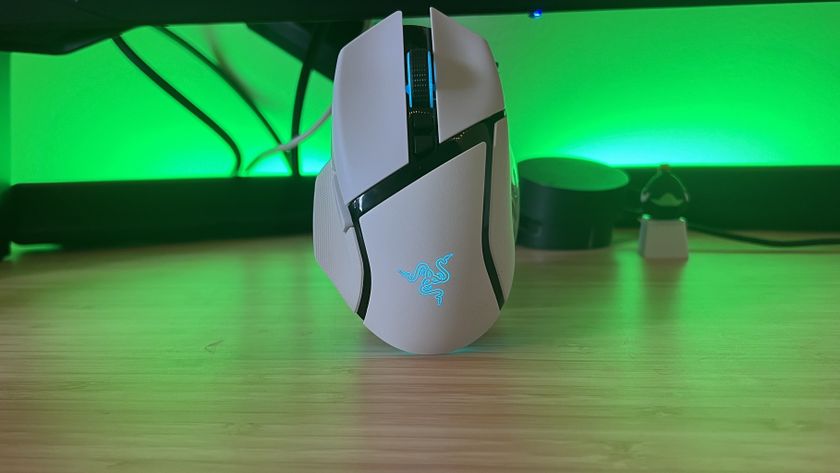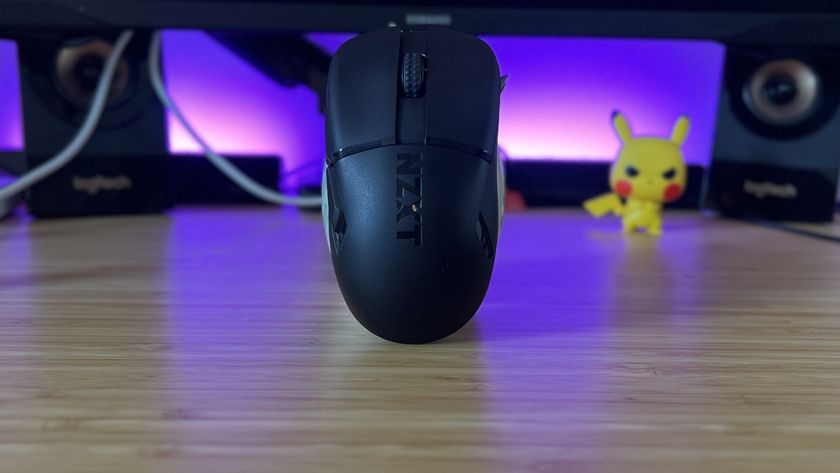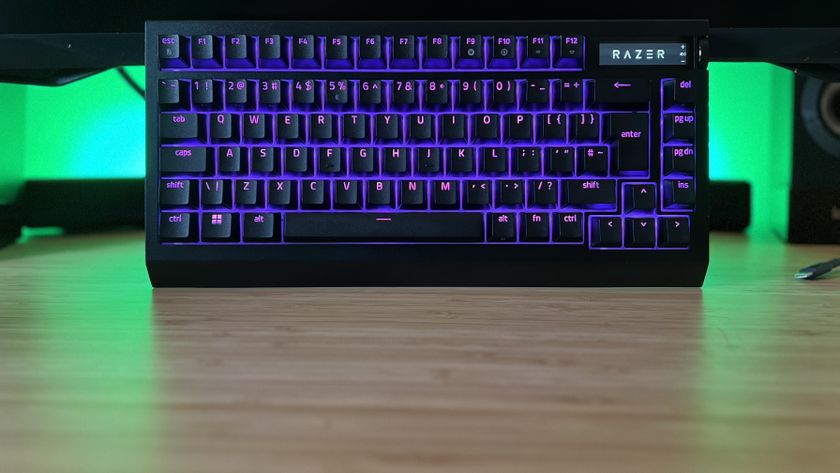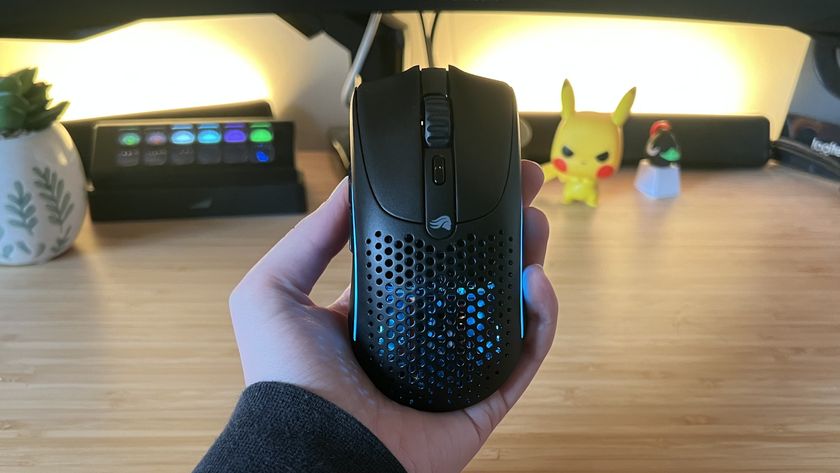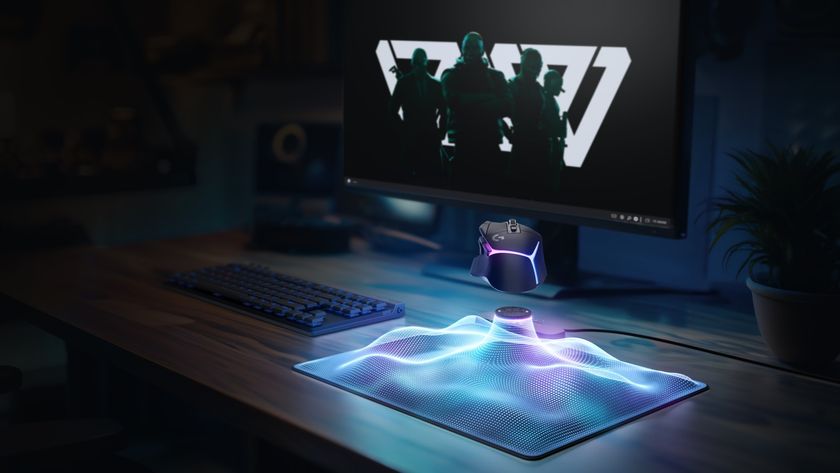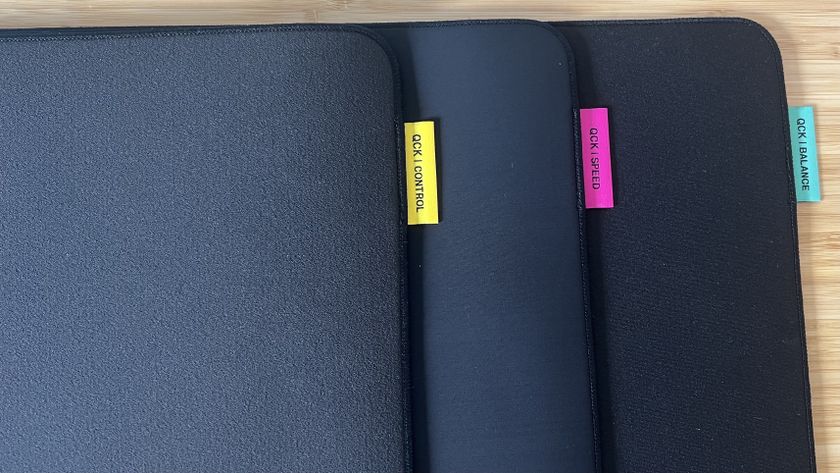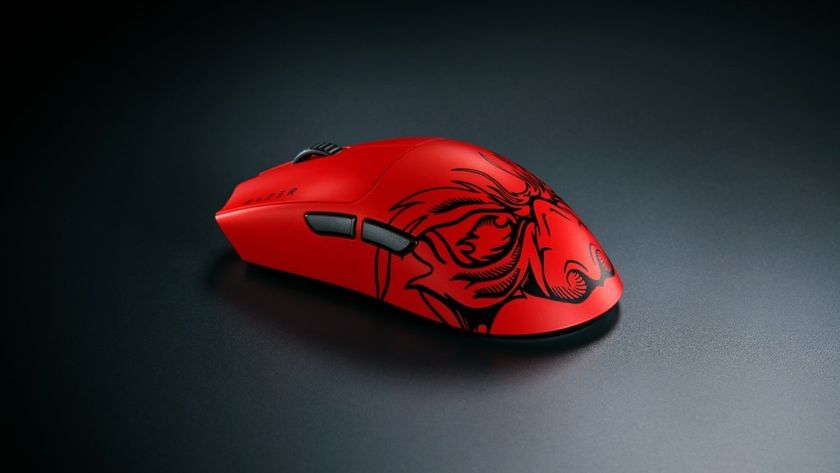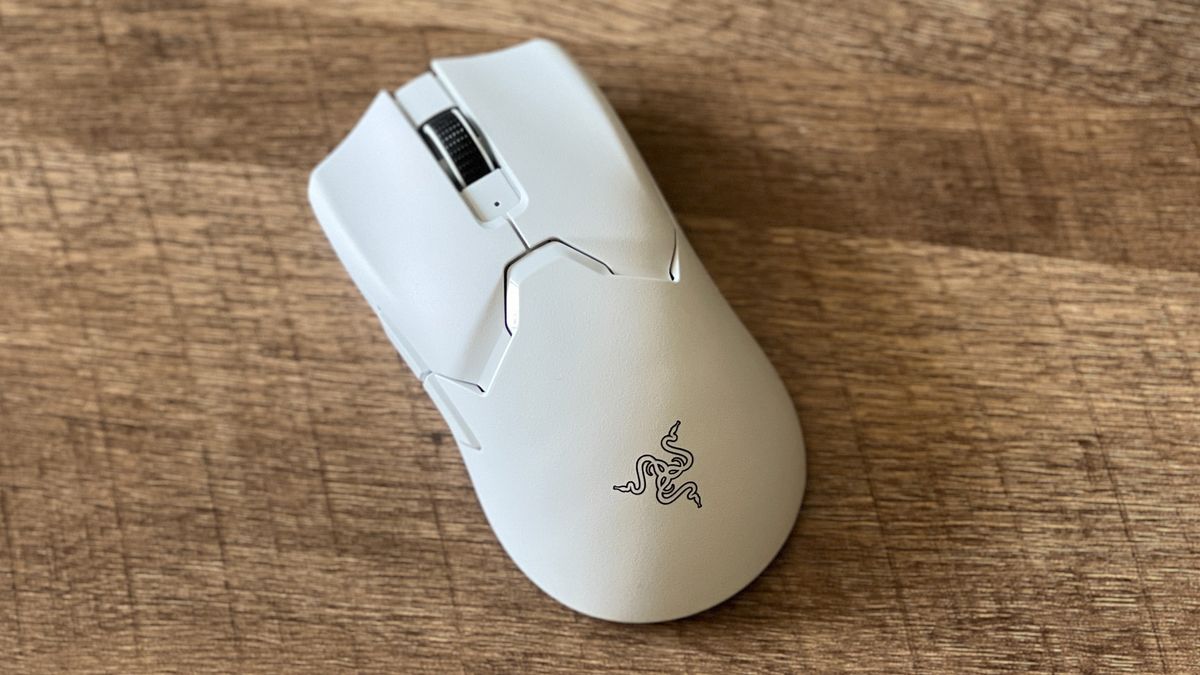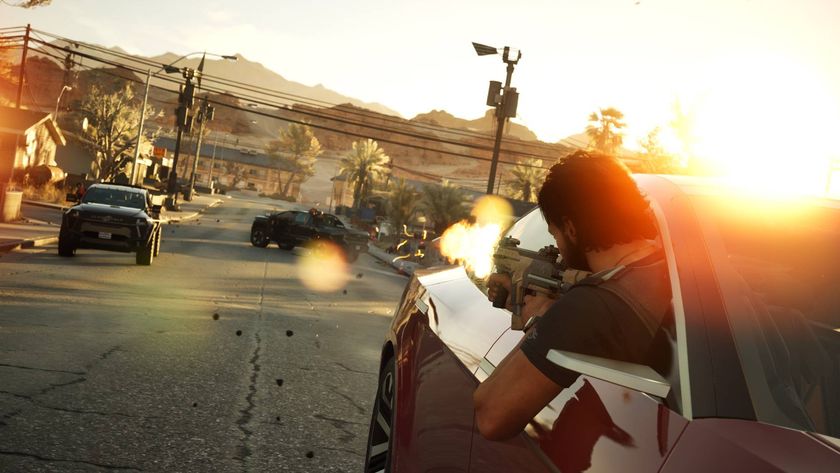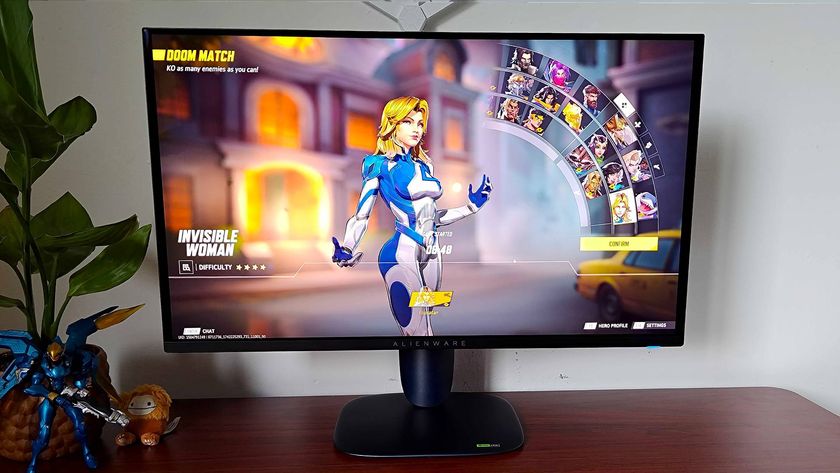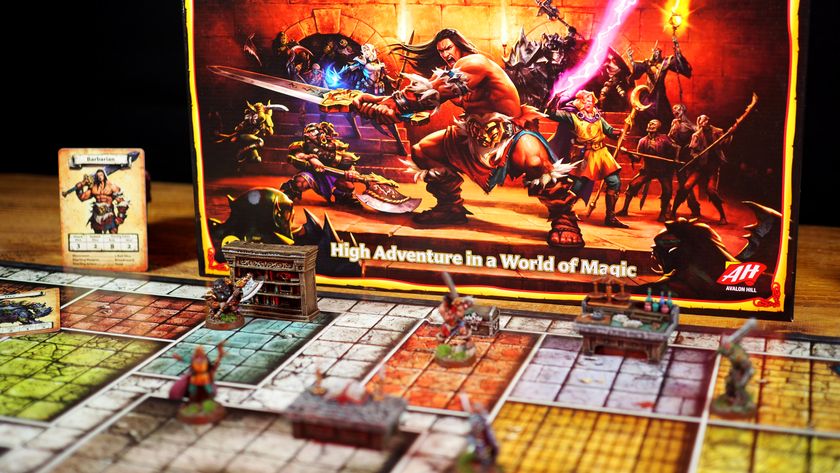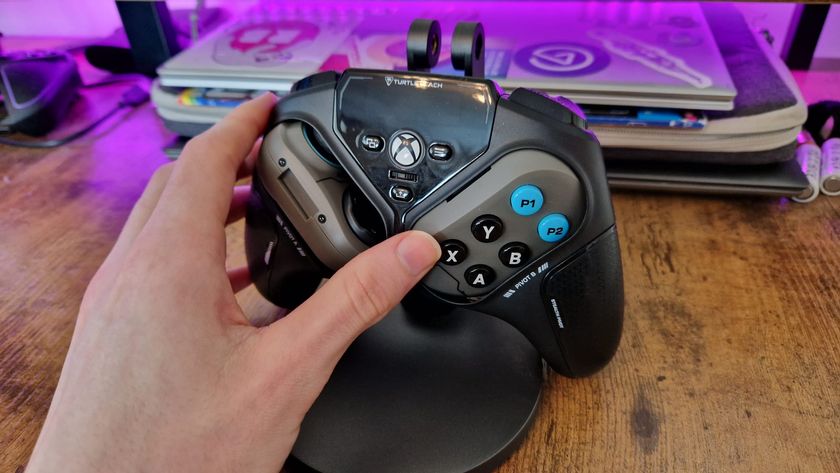GamesRadar+ Verdict
The only things the Razer Viper V2 Pro cares about are speed and precision, and it cares a lot. For FPS players, that means this ultra lightweight pointer is going to change the game. For everyone else, there might be better options further down the price bracket.
Pros
- +
Incredibly lightweight
- +
Long battery life
- +
Comfortable shape
- +
Super-responsive sensor
Cons
- -
DPI shifter still placed under the body
- -
Too expensive for wider genre players
Why you can trust GamesRadar+
The Razer Viper V2 Pro is here, and we're going back to basics. This is a streamlined pointer designed for those after pure speed rather than flashy RGB or layers of macro buttons. Razer has ripped everything but the kitchen Focus Pro 30K optical sensor out of this device in an effort to squeeze it down to a flyweight 58g. That weight beats the vast majority of 'ultra light' gaming mice on the market, and shaves an additional 17g off the previous Ultimate model.
At $149.99 / £149.99, though, the Viper V2 Pro needs to work hard to prove its worth outside of its core FPS market. We put the clicker to the test across two weeks of dedicated work and play, to see just where Razer's newest model sits among the best gaming mouse options on the market.
Design
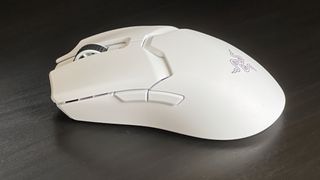
The Razer Viper V2 Pro ships in both black and white. I got my hands on the white model, which also carries a fraction of an ounce more weight to it. While I've never been a fan of white devices (they somehow feel a little cheaper to me, largely due to the fact that wear and tear shows up a lot quicker), the Viper V2 Pro is poised to change my mind. This is a particularly clean aesthetic, with a crisp white base and a pop of black on the scroll wheel and Razer logo.
The shape hasn't changed too much since the Razer Viper Ultimate days, though it's no longer an ambidextrous design (you're dropping the additional two buttons on the right of the device), and the height of the dome isn't as steep either. The Razer Viper V2 Pro still sits beautifully in the hand, with just the right length for a fingertip, claw, or palm grip, and long-lasting comfort in the skinny form factor.
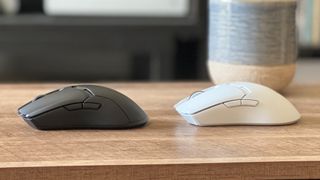
I can wrap all my fingers around this device for full control, something that feels incredible during particularly intense Apex Legends moments. Plus, the side buttons are more pronounced with the V2 Pro. While I never had an issue hitting macro buttons with the previous model, they do feel all the more tactile for the upgrade.
The Razer Viper V2 Pro still sits beautifully in the hand, with just the right length for a fingertip, claw, or palm grip
There's no grippy texture on the sides here, unlike the Ultimate, but Razer does ship additional grip tape in the box. That's excellent news for anyone looking to customize their device... unless you opt for the white model. The grip tape you receive will still be the black colorway, which means it will stand out a lot more against that crisp surface. I love the aesthetic so much that I wouldn't want to mar it with a wad of stickers, so I would have appreciated a white version here.
It's also worth noting that you're still reaching under the mouse itself to hit that DPI shift button, which is frustrating. Placing the single button underneath the device does free up space on the top, but it's a design that feels outdated considering the price and positioning as an FPS-first gaming mouse.
Features
Price: $149.99 / £149.99
Form factor: Right-handed
DPI: 30,000
IPS: Up to 750
Switches: Optical Mouse Switches Gen-3
Connectivity: Wired / Wireless (2.4GHz)
Feet: 100% PTFE
Weight: 58g
Forget everything you've ever known about Razer gaming mice - there's no RGB here. While Chroma fans may be disappointed, I'm more than happy to sacrifice a few LEDs for the sake of such a battery increase. Everything about the Razer Viper V2 Pro has been streamlined for performance, and nowhere is that more visible than in the feature list.
The charging dock of the Ultimate is out, replaced by a single USB-C cable (and connector for the 2.4GHz dongle). I didn't miss that additional gadget too much; the battery life on the Viper V2 Pro stands on its own two feet. I used this device for everyday work and a few hours of gaming every day and only needed to charge it once. If you're simply playing a few hours in the evenings and over the weekends, you really won't need to think about your battery too much. It's worth keeping an eye on that cable, though. Like the Ultimate, the recess to plug your mouse in is shaped to accommodate the charger shipped with the device, so you may struggle to use third party wires.
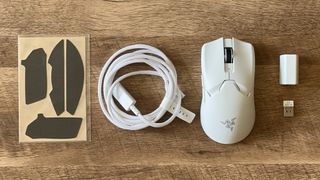
Razer has focused far more on the internal guts of its latest pointer. Aside from the aforementioned 30K sensor, you'll also find Smart Tracking, Motion Sync, and Asymmetric Cut-Off whirring away with every flick and swipe. Taken together, that means greater precision during lift-off, fast response times from your PC, and customizable landing tracking distance after lift-off. These features were largely present in the Ultimate, but have been refined over the years for greater performance.
That's your lot from a hardware perspective. In terms of software, Synapse is still at hand to offer plenty of tweaks to your experience: sorting your DPI presets, polling rate, and smart tracking (though there's obviously no RGB functions to play with here).
Performance
A turbo-charged sensor, lightweight form factor, and comfortable shape all combine to offer an incredible experience overall. Everything works in tandem here. Super-smooth PFTE feet feel like they're floating above any surface I run them across, the Focus+ sensor was always putting me exactly where I needed to be, and the low weight made every flick and twist feel particularly intuitive.
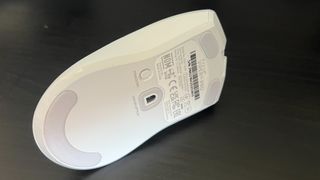
After getting used to the twitch-nature of this design, Apex Legends was a blast. I was ducking and diving, swiping and swooping, all without a single drag and with easy precision (on the mouse's part anyway, mine could still use a lot of work). The two side buttons are easy to hit and reach quickly while in a jam too, while the main buttons offered just the right level of resistance (my Ultimate now feels creaky by comparison). This was the closest I've felt to not noticing the mouse at the end of my arm, and it was a revelation.
Of course, that's playing with the Viper V2 Pro on the battlefield it was born for. I struggled to make the most of such performance in slower games like Planet Coaster, and even single player action titles like Rise of the Tomb Raider and Borderlands 2. Yes, it was a pleasant experience - nobody would turn down a responsive sensor and fling-able design, but if I played those genres and those genres alone, that $150 price point would start to creep up on me.
Should you buy the Razer Viper V2 Pro?
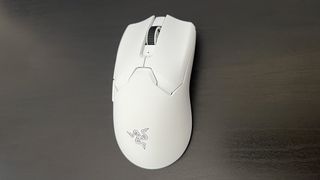
The Razer Viper V2 Pro excels where it's most comfortable - in a fast-paced FPS setting. That means the lofty $149.99 / £149.99 price tag will, generally speaking, only make sense to those after a super lightweight wireless gaming mouse for competitive play. If that's you, this is the model you need to be looking at right now. The Logitech G Pro X Superlight is the Viper's biggest competition, but it still clocks in at 63g and with a $159.99 price tag to boot.
However, there are plenty of cheaper alternatives out there for someone who doesn't quite need the level of speed packed into this sensor, or a super-flyweight advantage. The heavier Razer Viper Ultimate, or the Razer Viper 8K Hz, are both significantly cheaper these days (often found for around $70 - $80) while offering a similar form-factor and focus on speed. If you're not fussed about breakneck speeds or a wireless connection, the Roccat Burst Pro also offers a light 68g form-factor for just $59.99 as well.
How we tested the Razer Viper V2 Pro
I used the Razer Viper V2 Pro for all daily work and play for a period of two weeks. During this time, I played Rise of the Tomb Raider, 12 Minutes, and Borderlands 2 as part of my backlog roster, but put the device through its paces on Apex Legends and Planet Coaster for a more rounded test. I also used the Razer Viper V2 Pro alongside the Razer Viper Ultimate and SteelSeries Aerox 5 Wireless for comparison.
We've also been rounding up all the latest cheap gaming mouse deals available now, as well as the best gaming keyboards and the best gaming headsets for more setup inspiration.

Managing Editor of Hardware at GamesRadar+, I originally landed in hardware at our sister site TechRadar before moving over to GamesRadar. In between, I've written for Tom’s Guide, Wireframe, The Indie Game Website and That Video Game Blog, covering everything from the PS5 launch to the Apple Pencil. Now, i'm focused on Nintendo Switch, gaming laptops (and the keyboards, headsets and mice that come with them), PS5, and trying to find the perfect projector.
